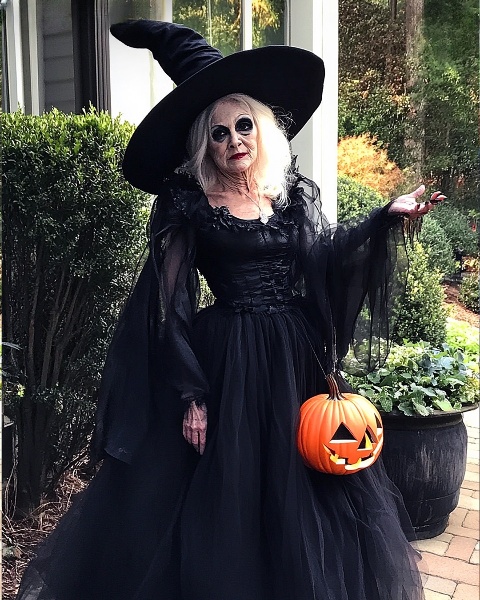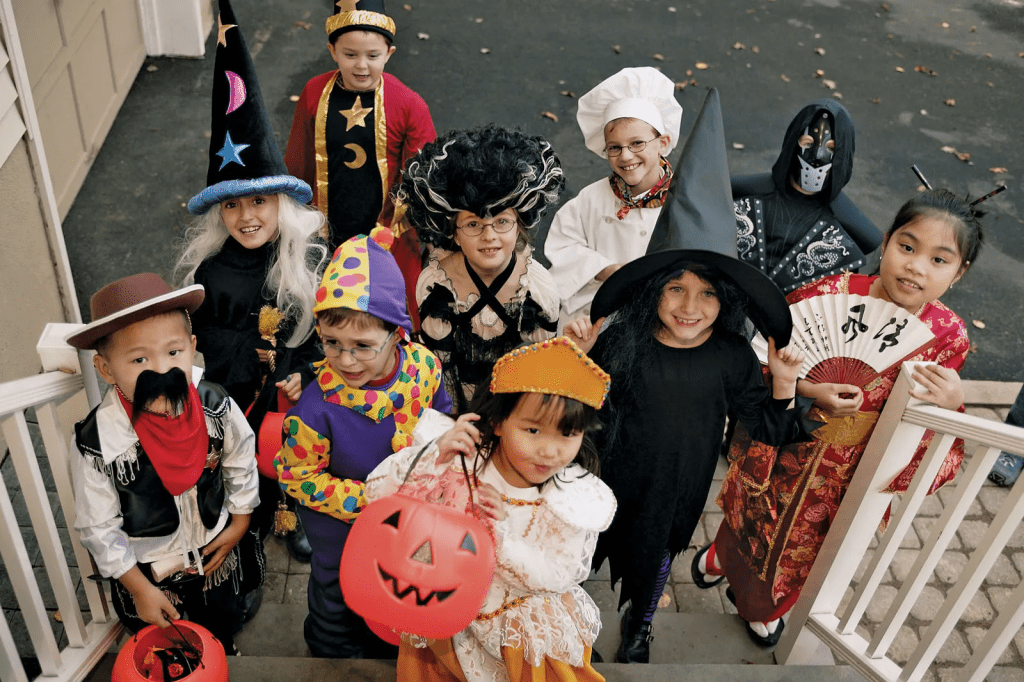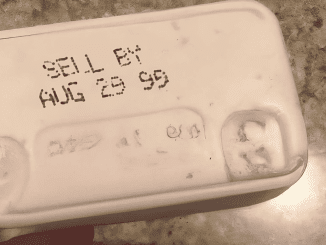Halloween is a time for costumes, candy, and a dash of spooky fun. But when my mother-in-law showed up dressed as a witch—complete with a cackle and a wild black wig—it was more terrifying than fun for my 4-year-old. Watching my daughter’s tear-streaked face, I started questioning whether some costumes might just be too much for little ones. And now, as I try to comfort her, I’m left wondering how to reassure her that Grandma is just Grandma, not a witch. Here’s a look at why certain Halloween costumes can backfire with young kids, how Halloween traditions have evolved, and ways to make this spooky holiday enjoyable (and safe!) for everyone involved.
When Halloween Costumes Cross the Line from Fun to Frightening

For adults, Halloween is a chance to embrace the dark, the creepy, and sometimes even the outrageous. But for young children, who are still learning about what’s real and what’s pretend, a terrifying costume—especially when it’s on a beloved family member—can have a lasting impact. When my daughter saw her grandmother in full witch attire, she didn’t see the humor; she saw a scary, evil character.
To a young child, Grandma isn’t supposed to be a witch. Grandma is warm hugs, bedtime stories, and gentle lullabies. A sudden transformation into a frightening character can break that comforting association, and instead of fun, Halloween turns into a confusing and upsetting experience. Perhaps next year, I’ll kindly suggest a “less scary” costume for Grandma—or encourage her to skip the fake warts and cackle altogether.
The Evolution of Halloween Costumes and Scares
Halloween costumes weren’t always about zombies, witches, or monsters. This holiday has evolved significantly from its origins over 2,000 years ago, when the Celts celebrated Samhain, a festival marking the transition into winter and believed to be a time when spirits could roam freely among the living. People would wear masks and costumes to ward off these spirits, giving rise to what we know today as Halloween costumes.
In North America, Halloween traditions transformed with Irish immigration, and the practice of trick-or-treating and dressing up gradually became more playful and lighthearted. The early 20th century saw costumes as simple homemade disguises, often worn by mischievous youths playing pranks. By the 1930s and 1940s, costumes began incorporating popular characters, and a community-focused celebration of candy and costumes took hold.
Today, Halloween costumes range from spooky to humorous, traditional to trendy. But while adults may go all out with realistic and scary disguises, it’s important to remember that younger children may not understand the fun behind the fright.
Explaining the Magic and Make-Believe of Halloween
After my mother-in-law’s witch appearance, I realized I needed to help my daughter understand that Halloween costumes are just for fun. Here are a few approaches that helped ease her fears:
- Introduce the Concept of Pretend: Start by explaining that Halloween is a day when people dress up to pretend to be someone or something else. Show examples of non-scary costumes, like princesses or superheroes, to help children associate Halloween with playful dress-up instead of fear.
- Show the Process of Transformation: If possible, involve children in the costume-making or dressing-up process. Watching Grandma put on the hat, wig, and makeup can help kids understand it’s all just a costume.
- Keep It Age-Appropriate: While older kids might enjoy a good scare, younger children can get overwhelmed. Remind family members to consider age-appropriate costumes around little ones. Some costumes can be fun without going overboard on the spooky details.
Keeping Halloween Safe and Fun for Young Children

Young children are naturally curious and excited about Halloween, but their innocence can make them more susceptible to fear and confusion. To ensure a positive experience, here are some practical tips for a child-friendly Halloween:
- Set Boundaries for Costumes: If you’re hosting or attending a family event, set expectations around costume choices. Politely let family members know if certain costumes, like frightening witches or ghouls, may be too much for your child.
- Opt for Friendly Decorations: When decorating for Halloween, choose cute or whimsical items instead of gruesome or macabre ones. Smiling pumpkins, happy ghosts, and friendly black cats create a festive atmosphere without causing anxiety for little ones.
- Prepare Kids for Trick-or-Treating: Trick-or-treating can be overwhelming with the flashing lights, loud sounds, and busy streets. Prepare your child for what they might see and hear, and choose well-lit, family-friendly neighborhoods. If your child gets scared, reassure them with gentle reminders that it’s all make-believe.
- Keep It Light-Hearted: Incorporate games and activities that bring out the playful side of Halloween. Pumpkin decorating, bobbing for apples, and Halloween crafts can offer young kids a fun, hands-on experience without the scares.
Balancing Tradition with Sensitivity: Lessons Learned from the Witch Costume Incident

After the initial shock of seeing her grandma as a witch, my daughter is slowly coming around. It’s helped to talk about Halloween as a time for playful fun and dressing up. While I considered keeping my mother-in-law at a distance after this incident, I realized it was better to treat this as a learning opportunity. Halloween is meant to be enjoyed by all ages, and keeping things light-hearted for young children is essential.
Instead of shutting out family members who mean well but might have missed the mark on costume choices, a little open communication and planning can go a long way in ensuring that everyone has fun, without anyone being left out or accidentally frightened.
Creating a New Tradition of Family-Friendly Halloween Fun
Despite the hiccups, Halloween remains one of the most delightful holidays. As my family prepares for next year’s celebrations, I’ll focus on balancing tradition with kid-friendly fun. In the end, Halloween should bring us closer, creating fond memories and teaching kids about the joy of imaginative play.
Whether it’s dressing up as superheroes, painting pumpkins, or going on a candy hunt, Halloween can be an exciting and magical experience for all ages. This year, I learned a valuable lesson: with a little mindfulness and understanding, even the spookiest holiday can be a source of joy and laughter. So here’s to next Halloween—a little less scary, a lot more fun, and maybe with Grandma in a costume that won’t send anyone running for cover!


